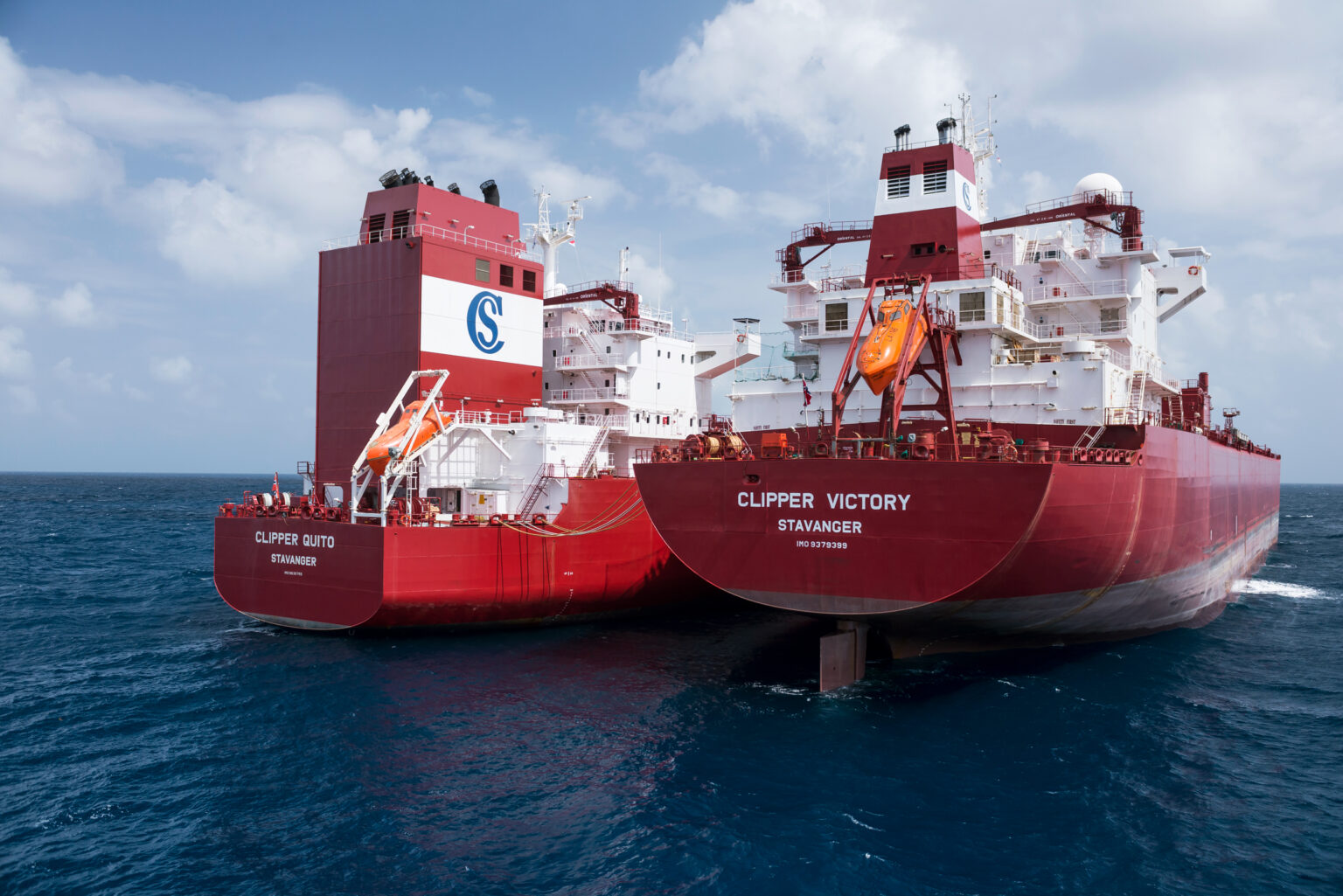
CCS spending to quadruple, says DNV, but still far from net-zero needs

CCS technology is maturing – and owners are taking it seriously (Source: Solvang)
Global investment in carbon capture and storage (CCS) is set to hit USD 80 billion by 2030, with capture capacity projected to quadruple this decade, DNV’s Energy Transition Outlook: CCS to 2050 predicts. Even so, just 1.3 gigatonnes of CO₂ will be stored annually by 2050 – 6 % of emissions, one‑sixth of the volume needed for net zero.
Near-term growth is concentrated in North America and Europe, mainly from natural‑gas processing, but hard-to-abate sectors such as steel and cement will dominate from 2030, generating 41% of captured volumes. Onboard CCS for shipping is expected to scale during the 2040s. DNV estimates that 330 tonnes of CO₂ a year will be removed via bio‑energy with CCS and direct‑air capture, though the latter is likely to cost USD 350 per tonne throughout the period.
DNV cautions that policy uncertainty and economic headwinds could curb investment and delay deployment.
“Carbon capture and storage technologies are a necessity for ensuring that CO2 emitted by fossil‑fuel combustion is stopped from reaching the atmosphere and for keeping the goals of the Paris Agreement alive,” said Ditlev Engel, CEO, Energy Systems at DNV. “DNV’s first Energy Transition Outlook: CCS to 2050 report clearly shows that we are at a turning point in the development of this crucial technology.”
